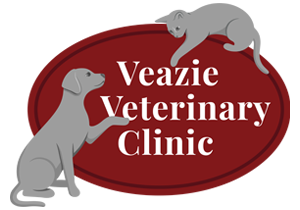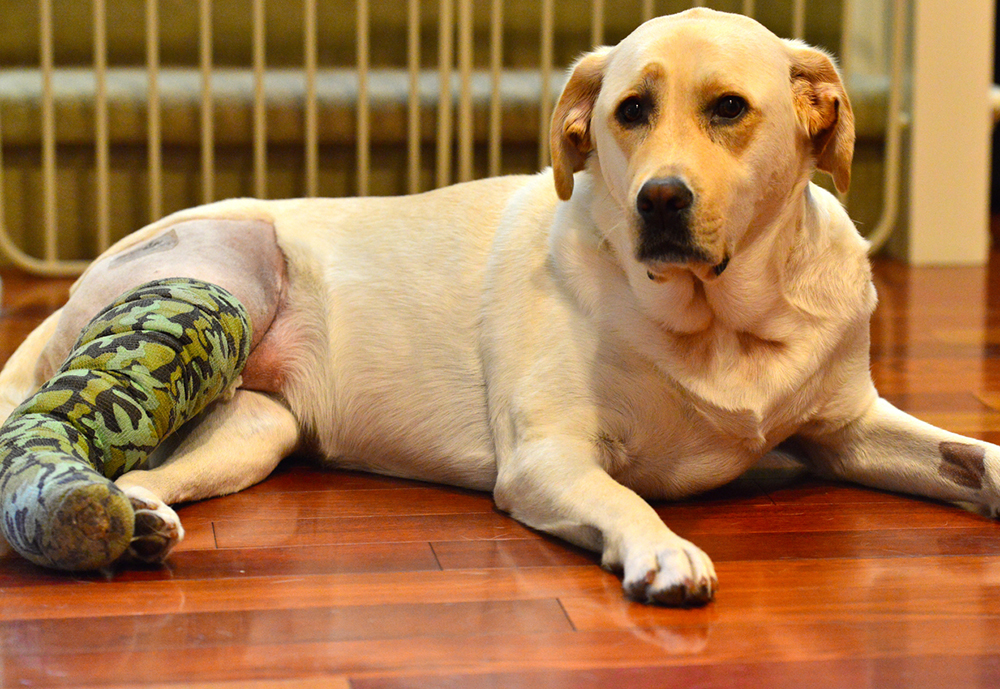What Procedure is Best for a Dog Cruciate Ligament Tear?
Dogs can sustain a variety of wounds, including cruciate ligament tears. Your pet may experience significant pain and suffering as well as potential movement restrictions because of a ruptured cruciate ligament. It’s crucial to get veterinarian care right away if you think your dog may have torn cruciate ligaments. The best course of therapy will be suggested when the veterinarian evaluates the severity of the damage.
There are two primary remediation options for a dog with a cruciate ligament rupture: surgical and non-surgical. The decision on which procedure to choose will depend on the depth of the injury, the age and weight of the dog, the lifestyle of the dog, and the owner’s preference.
Non-Surgical Treatment or Conservative management
Non-surgical treatment is recommended for mild to moderate cases of cruciate ligament tears. The goal of non-surgical treatment is to manage the pain and inflammation and allow the ligament to heal on its own. The following are the common non-surgical treatments for a dog with a cruciate ligament tear:
Weight management – carrying extra weight can put additional strain on the harmed leg and delay the healing process. Ensure your dog maintains a healthy weight by providing them with a balanced diet and regular exercise.
Physical therapy – Physical therapy involves exercises and massage to improve the range of mobility and strengthen the leg muscles. Physical therapy can help your dog regain their maneuverability and prevent further injury.
Medication – (NSAIDs) drugs can help manage the pain and inflammation associated with a cruciate ligament tear. Your veterinarian will prescribe the appropriate medication for your dog.
Surgical Treatment
Surgical treatment is recommended for severe cases of cruciate ligament tears, especially in large dogs. Surgery involves repairing or replacing the torn ligament, and there are various surgical techniques available. Here are the common surgical procedures for a dog with a cruciate ligament tear:
Tibial Plateau Leveling Osteotomy (TPLO) – To alter the angle at which the knee joint moves, TPLO requires cutting and turning the tibia. This stabilizes the knee joint and lessens stress on the cruciate ligament.
Extracapsular Repair – Extracapsular lateral suture (ECLS) is a standard surgical technique used to repair cruciate ligament ruptures in dogs. During the procedure, a suture material is inserted around the knee joint periphery, forming an artificial ligament that helps to anchor the joint. This procedure is typically recommended for dogs weighing less than 50 pounds and those with mild to moderate injuries.
TTA (Tibial Tuberosity Advancement) – To modify the angle of the knee joint, the tibia bone is sliced and repositioned using this procedure. This helps to reduce the strain on the cruciate ligament and can help to improve joint stability. The TTA procedure is a contemporary method that has gained popularity in recent years, and it is usually regarded as a very effective treatment option with a manageable recovery period.
Tightrope Repair – This procedure includes bracing the knee joint and reducing the tension on the cruciate ligament by using a specialized implant. The tightrope procedure is a minimally invasive technique that can be performed without making a large incision, which can help to reduce the risk of complications and hasten the recovery process.
After surgery, your dog will require a recovery period that includes rest, restricted activity, and physical therapy. Your veterinarian will provide specific instructions on how to care for your dog during this period.
Which Procedure is best for dog cruciate ligament tear?
The optimal course of action for a dog that has broken a cruciate ligament is determined by the degree of the damage, the dog’s size and breed individual needs, and health status. In wider terms, conservative therapy may be effective for dogs with minor or partial tears of the cruciate ligament while surgical surgery is advised for dogs with moderate to severe rips.
Among surgical procedures, extracapsular lateral sutures (ECLS), tibial plateau leveling osteotomy (TPLO), and tibial tuberosity advancement (TTA) are commonly used to treat cruciate ligament tears in dogs. ECLS is typically recommended for dogs weighing less than 50 pounds and those with mild to moderate injuries, while TPLO and TTA are more appropriate for dogs with more severe injuries and larger body sizes.
ECLS has the advantages of lower cost, decrease risk of complications, and quicker recovery time compared to TPLO and TTA. However, it may not be effective for dogs with more severe injuries or certain underlying health conditions.
TPLO and TTA provide excellent joint stability and reduced risk of future joint damage, but they are more complex and costly procedures and may require a longer recovery time compared to ECLS.
Signs of dog cruciate ligament tear
Identifying a cruciate ligament tear in dogs can be challenging as the symptoms may be subtle at first and can vary depending on the severity of the injury. However, some signs may indicate a cruciate ligament tear in dogs:
Limping
One of the most noticeable signs of a cruciate ligament tear in dogs is limping, particularly when bearing weight on the injured leg. The limp may be intermittent or persistent, depending on the severity of the injury.
Decreased activity level
Canines that have broken their cruciate ligaments may be less active than normal and may avoid activities that entail jumping, running, or climbing stairs.
Pain
Dogs with cruciate ligament tear may show signs of pain or discomfort, such as whining, yelping, or vocalizing when touched or when moving.
Swelling
Swelling around the knee joint may also be present in dogs with a cruciate ligament tear, particularly in the early stages of the injury.
Muscle atrophy
Over time, dogs with a cruciate ligament tear may develop muscle atrophy, which is a loss of muscle mass due to inactivity or disuse of the affected leg.
Difficulty standing up or lying down
Dogs with a cruciate ligament tear may have difficulty standing up or lying down, particularly if the injury is in the hind leg.
Causes of dog cruciate ligament tear
The exact cause of a cruciate ligament tear in dogs is often unknown, but several factors can increase a dog’s risk of developing this injury. These include:
Age: Cruciate ligament tears are most common in middle-aged to older dogs, although they can occur in dogs of any age.
Breed: Certain breeds of dogs, such as Labrador Retrievers, Golden Retrievers, Rottweilers, and German Shepherds, are more susceptible to cruciate ligament tears than others.
Obesity: Overweight or obese dogs are at higher risk of developing a cruciate ligament tear due to the extra pressure placed on their joints.
Trauma: A sudden twisting or bending motion, such as during a fall or a rough play, can cause a cruciate ligament tear.
Genetics: Some dogs may be predisposed to developing cruciate ligament tears due to genetic factors.
Anatomical abnormalities: Dogs with certain anatomical abnormalities, such as a shallow or steep tibial plateau, may be at higher risk of developing a cruciate ligament tear.
Post-operative care
Post-operative care is a critical component of the recovery process for dogs who have undergone surgery for a cruciate ligament tear. The following are some general guidelines for post-operative care:
- Rest and restricted activity: After surgery, your dog will need to rest and have restricted activity for a period to allow for proper healing. This may include crate rest, short leash walks for potty breaks, and no running or jumping.
- Bandage and incision care: Dog’s surgical site will need to be kept clean and dry. You may need to apply a bandage or a cone to prevent your dog from licking or chewing at the incision site.
- Physical therapy: Your veterinarian may recommend physical therapy or rehabilitation exercises to help improve joint range of motion and muscle strength.
- Nutritional support: After surgery, a proper diet is crucial for recovery. To maintain joint health, your veterinarian could suggest a particular diet or supplements.
- Follow-up appointments: The vet will arrange follow-up visits to check on your dog’s recovery and examine the wound.
Conclusion
The best procedure for a dog with a cruciate ligament tear will depend on several factors, and the decision should be made in consultation with a veterinarian. Early intervention and proper treatment can help your dog recover from a cruciate ligament tear and get back to enjoying a happy and active life.





